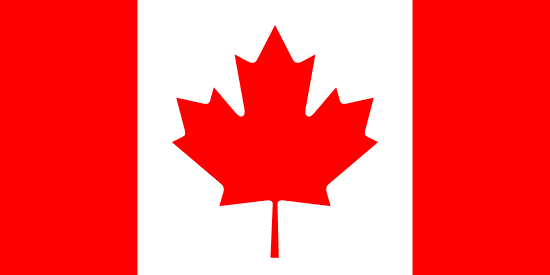"Agaidh na dtonn, agus faoi scáth na gcnoc | Against the waves and under the shadow of the hills"
About:
Trepassey, Newfoundland and Labrador, Canada, was first settled by the French in the 1500s as a fishing outpost. It was later settled by the Irish in the 18th century. Notably, in 1919, it served as the starting point for the first successful transatlantic flight by Alcock and Brown. Today, Trepassey remains a small, primarily fishing community, with a population of under 500. It's known for its rich history and natural beauty, including the nearby Mistaken Point Ecological Reserve.
When to visit:
Trepassey, a picturesque town located on the Avalon Peninsula of Newfoundland and Labrador, experiences a maritime climate with cool summers and mild winters. The best time to visit Trepassey for a holiday would be during the summer months of June to August when the weather is the most favorable for outdoor activities such as hiking, whale watching, and exploring the rugged coastline. During this time, visitors can enjoy longer days with up to 16 hours of daylight, allowing for ample time to explore the natural beauty of the area. It is advisable to check the local weather forecast before planning your trip to ensure an enjoyable and comfortable stay in Trepassey.
When to avoid:
Trepassey, a charming town located in Newfoundland and Labrador, Canada, experiences its harshest weather conditions during the winter months. The worst time to travel to Trepassey on a holiday would be from December to February when the region is prone to heavy snowfall, strong winds, and freezing temperatures. These harsh winter conditions can make travel challenging and may result in road closures and flight cancellations. Travelers are advised to plan their visit to Trepassey during the milder months of spring, summer, or fall to enjoy more favorable weather conditions and a more pleasant travel experience.
Winter (Dec-Feb)
In Trepassey, Newfoundland, the coldest and wettest period is from November to March. Temperatures average -1°C, with the possibility of dropping below -8°C. Rainfall is high, averaging 150mm monthly, often turning into snow. Sunlight is limited to around 7 hours per day, with overcast skies being prevalent. An average day for a visitor involves bundling up against the biting cold and navigating through snowy, slippery paths. Indoor activities are popular during this period, though the brave may venture out for winter sports or to enjoy the stark, icy beauty of the landscape.
"Summer (June-August)"
Trepassey, Newfoundland and Labrador, Canada, experiences its warmest part of the year from June to September. During this period, temperatures typically range from 15°C (59°F) to 20°C (68°F), with the highest temperatures usually recorded in July and August.
Rainfall is a common occurrence throughout the year in Trepassey, even during the warmest months. The summer months receive an average of 100-120 mm of rainfall, with August being the wettest. Despite this, there are still plenty of sunny days, with an average of 5-6 hours of sunshine per day.
Humidity during these months is relatively high, averaging around 85-90%, which can make the weather feel a bit muggy. Cloudiness is also common, with partly cloudy or overcast conditions on many days.
A typical day for a visitor during the warmest part of the year in Trepassey would likely involve a mix of sun and clouds, with a chance of a brief shower. Temperatures would be mild and comfortable, ideal for outdoor activities. However, due to the high humidity, it might feel a bit sticky, especially during the middle of the day. Despite this, the overall weather conditions would still be pleasant for sightseeing and exploring the beautiful landscapes of Trepassey.
Language:
In Trepassey, a small town located in Newfoundland and Labrador, Canada, the most commonly spoken language is English. This is due to its location in an English-speaking country and the historical influence of British colonization. However, it's worth noting that the English spoken here often carries a distinct Newfoundland accent, which has been shaped by a mix of Irish, English, and Scottish influences.




